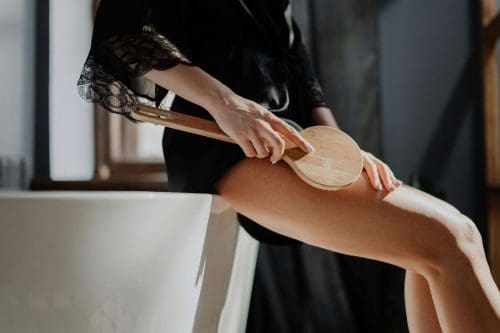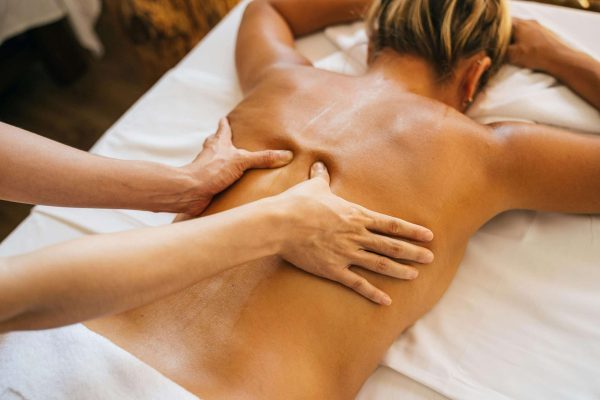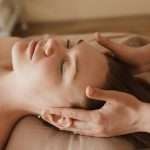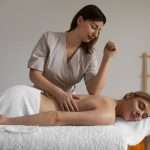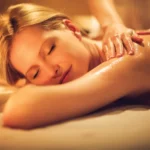Looking for a simple way to relax and feel more at ease? Self-massage is a powerful tool that can help you release tension, calm your mind, and reconnect with your body—no special equipment or training needed.
In this guide, you’ll learn how to massage yourself for optimal relaxation. We’ll cover the benefits, types of self-massage, and practical techniques to help you get started. Whether you’re dealing with everyday stress or just need a quiet moment to unwind, these tips will help you feel better fast.
Benefits of Self Massage

Self massage is an effective way to relax and reduce stress. It also has many health benefits that can include improved circulation, increased flexibility, improved posture, and decreased muscle tension. Self massage also has psychological benefits such as reducing anxiety and improving mood. It is an easy and cost-effective way to practice self-care and improve overall wellbeing.
Self massage can be done with the help of a foam roller, massage stick, or simply with your own hands. It is a great way to attend to your body’s needs without having to go to a massage therapist. What is self massage? Self massage is the practice of using massage techniques on yourself to promote physical and psychological wellbeing. It is very similar to the massage techniques used by massage therapists, but instead of someone else doing the massage, you are doing it on yourself.
Self massage helps improve circulation by increasing blood flow to the muscles and other tissues, which can help reduce inflammation and muscle tension. It can also help improve flexibility and posture by releasing tight muscles and releasing trigger points. Additionally, self massage can be used to help reduce stress and anxiety, as well as improve mood and overall relaxation.
Self massage can be done anywhere, at any time, and can be adapted to meet your individual needs. It is a great way to practice self-care and can be used to improve overall wellbeing, both physically and psychologically.
Types of Self Massage

Hand Massage
Gently squeeze and massage each of your fingers and palms. Use a circular motion and apply pressure with the thumbs. This can help to alleviate any tension in the hands, wrists, and forearms.
Foot Massage
Using your thumbs, massage the sole of each foot in a circular motion. Focus on any areas that feel particularly tense or sore. Take your time and be sure to massage the entire foot.
Back Massage
Using your fingertips, massage your back in a circular motion. Start at the bottom of your back and work your way up to your shoulders. Apply firm pressure to any areas that feel particularly tense.
Shoulder Massage
Gently massage your shoulders using your fingertips. Use a circular motion and apply pressure with your thumbs. Massage both sides of the shoulder for an even amount of time.
Neck Massage
Using your fingertips, massage the base of your neck in a circular motion. Apply firm pressure to any areas that feel particularly tense. This can help to relieve any built-up tension in the neck and shoulders. For a complete relaxation experience, try doing a full-body massage at home. With the right technique and enough practice, you can master how to massage yourself at home with ease.
Preparation and Supplies
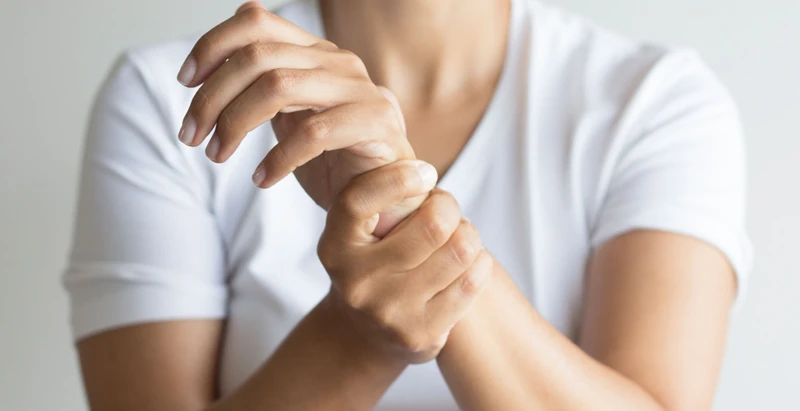
Before starting a self-massage, it’s important to make sure you have the right supplies. You’ll need a comfortable surface to lie or sit on, such as a bed or a massage table. You’ll also need a bottle of massage oil, a towel, and any tools you may want to use, such as a massage roller or a massager. Make sure you have a comfortable temperature in the room and dim lighting, so you can relax and enjoy your massage.
Once you have your supplies ready, it’s time to prepare your body for the massage. Start by showering or taking a warm bath to relax and loosen your muscles. Then, apply a liberal amount of massage oil to your skin. This will help your hands glide smoothly over your body without friction and also provide nourishment for your skin. Finally, lie or sit down on your comfortable surface and you are ready to begin your self-massage.
How to Perform Hand Massage
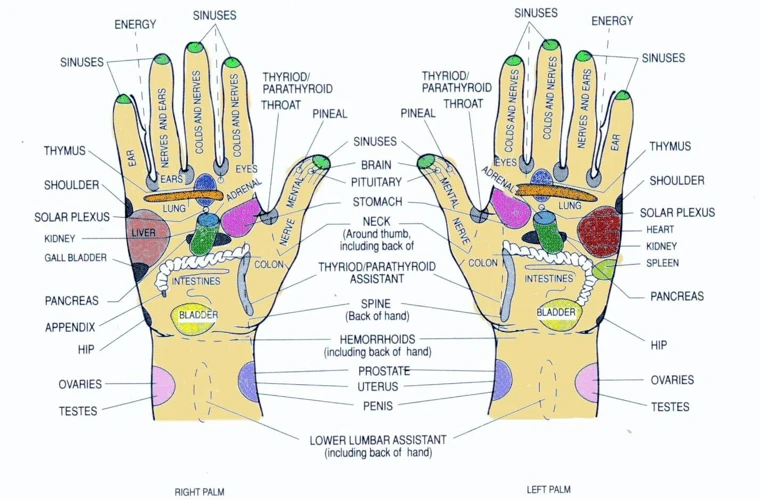
Hand massage is a great way to reduce tension and pain in the hands, wrists, and forearms. It can be done easily in the comfort of your own home.
Step 1: Warm Up
Start by warming up your hands with a few gentle stretches and circular motions. This will help to increase circulation and flexibility in your hands.
Step 2: Lubricate
Apply a small amount of massage oil, lotion, or cream to your hands. This will help your hands glide over each other.
Step 3: Massage
Using your fingertips and palms, gently massage the top, sides, and bottom of each hand. Make sure to cover the entire surface of each hand.
Step 4: Pressure Points
Press firmly into the pressure points on your hands. These points are located in the center of your palm, near the base of your thumb, and in the webbing between your thumb and forefinger.
Step 5: Finish
Finish the massage by gently rubbing your palms together and giving yourself a gentle patting on the back of the hands.
How to Perform Foot Massage
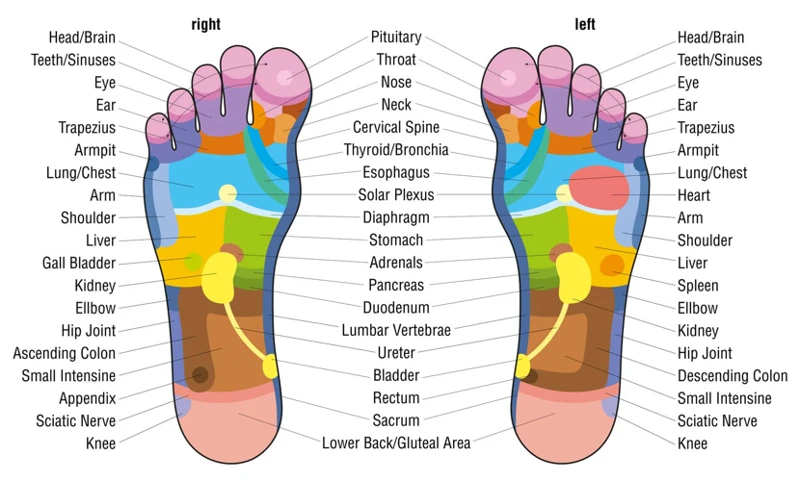
Start by applying gentle pressure with your thumbs on the bottom of your foot. Slowly move your thumbs up the foot toward the toes. Use your thumbs to make small circles on the arch of your foot.
Press the palm of your hand firmly into the sole of your foot. Move your hand back and forth in a slow, steady motion from your heel to your toes.
Gently hold your toes and rotate them in a circular motion. You can also use your fingers to gently pull them away from your foot.
Use your thumbs to massage the tops of your feet. Make small circles starting at the ankle and move outward.
To finish, use your fingertips to massage the areas between your toes. Apply gentle pressure and make small circular motions.
Tips:
Be sure to use slow and gentle movements.
Use oils or lotions to help the massage glide more smoothly.
If you experience any discomfort or pain, stop immediately.
How to Perform Back Massage
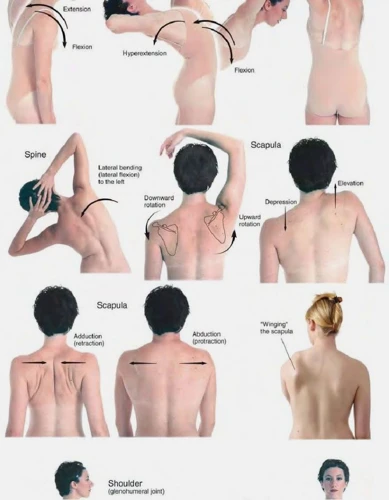
- Start with your hands: Place your hands on your back and begin to massage in circular motions.
- Work from the neck down: Start from the base of the neck and work your way down towards the lower back.
- Use a variety of strokes: Use long, circular strokes to relax the muscles and kneading to work out knots.
- Apply pressure: Apply firm pressure with your hands to target specific areas of muscle tension.
- Use oils: Use oils to help you move your hands more easily over the skin and to help reduce friction.
- Use your fingers: Use your fingers to gently massage the muscles of your back.
- Use your thumbs: Use your thumbs to apply pressure to areas of tension.
- Stay focused: Stay focused on the massage and try to stay present in the moment.
- Relax: Take your time and relax as you perform the massage. Enjoy the process and the sense of relaxation.
How to Perform Shoulder Massage
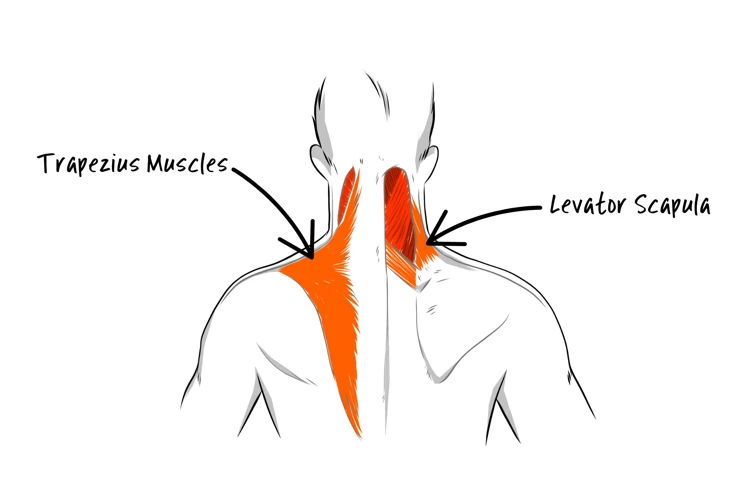
- Start with the trapezius muscles: Start by using your thumbs and kneading the trapezius muscles, which are located at the top of your shoulder and collarbone. Move your thumbs in a circular motion, applying pressure as you go.
- Move to the shoulder muscles: Move your thumbs down to the shoulder muscles and use a kneading motion with your fingertips. Apply pressure and massage the muscles in a circular motion.
- Massage the neck: With your index and middle fingers, massage your neck in a circular motion. Move your fingers up and down your neck, applying pressure as you go.
- Finish with the arms: Using your thumbs and index fingers, massage both arms, starting at the shoulders and moving down to the elbows. Use a kneading motion and apply pressure as needed.
How to Perform Neck Massage
- Take a Warm Shower: A warm shower can help to relax the muscles and open up the pores so the massage will be smoother and more effective.
- Choose a Massage Oil: Choose a massage oil that is suitable for your skin type, depending on if you have dry, oily, or combination skin. A few drops of oil will help to lubricate the skin and allow for a smoother massage.
- Gently Apply Pressure: Using your fingers, palms, or even a massage tool, gently apply pressure to the neck area. Start from the base of the neck and work your way up the sides of the neck. You can also use circular motions to massage the neck.
- Focus on Tense Areas: Focus on areas that feel particularly tense and use gentle but firm pressure to massage them. You can also use kneading motions to help relax the muscles.
- Take Deep Breaths: Concentrate on taking deep breaths while you massage the neck area. This will help you to relax and feel more rejuvenated.
- Finish with a Warm Towel: Once you’re done, finish with a warm towel to remove any excess oil. This will also help to lock in the moisture and leave your skin feeling soft and refreshed.
Frequently Asked Questions
What type of massage can I do on myself?
- Self-Massage – Self-massage is a technique that allows you to use your hands and body weight to apply pressure to your own muscles. You can use your hands, knuckles, elbows, or feet to apply pressure to your muscles, which can help to reduce tension and pain.
- Acupressure – Acupressure is a form of massage therapy that uses pressure applied to specific points on the body. These points are believed to be connected to energy pathways, and when pressure is applied, it can help to restore balance and reduce pain and tension.
- Reflexology – Reflexology is a form of massage therapy that focuses on applying pressure to specific points on the feet. These points are believed to be connected to other parts of the body, and when pressure is applied, it can help to reduce pain and tension in those areas.
- Aromatherapy Massage – Aromatherapy massage is a type of massage therapy that uses essential oils to help reduce stress and relax the body. Essential oils are believed to have healing properties that can help to reduce pain and tension.
- Hot Stone Massage – Hot stone massage is a type of massage therapy that uses heated stones to apply pressure to the body. The heat helps to relax the muscles, which can help to reduce tension and pain.
- Chair Massage – Chair massage is a type of massage therapy that is done in a seated position. It is a quick and convenient way to get a massage and can help to reduce tension and pain.
Self-massage, acupressure, reflexology, aromatherapy massage, hot stone massage and chair massage are the types of massage you can do on yourself. Each type of massage has its own benefits and can help to reduce tension and pain.
What Areas of My Body Should I Focus On?
- Back: The back is a great place to start, as it is one of the largest and most important areas of the body to massage. You can use your hands or a massage ball to reach the deeper muscles of the back.
- Shoulders: The shoulders are another important area to focus on, as they often carry a lot of tension and can be the source of many pains. You can use your hands or a massage ball to reach the deeper muscles of the shoulders.
- Neck: The neck is a sensitive area that can easily become tense and sore. You can use your hands or a massage ball to reach the deeper muscles of the neck.
- Hands and Feet: The hands and feet are often overlooked but they can be incredibly important to massage. You can use your hands or a massage ball to reach the deeper muscles of the hands and feet.
- Head: The head is a great area to focus on, as it can be a source of tension and stress. You can use your hands or a massage ball to reach the deeper muscles of the head.
What are the Benefits of Self-Massage?
Self-massage has a range of physical and psychological benefits, including:
- Reduction in pain and discomfort
- Stress relief
- Reduction in muscle tension
- Improved circulation
- Improved ability to relax
- Improved posture
- Improved flexibility
- Improved immune system functioning
- Improved sleep quality
- Improved digestion
- Enhanced self-awareness and body-mind connection
Self-massage is a powerful tool for self-care and healing. It can help you to manage stress, reduce pain, and improve your overall sense of well-being.
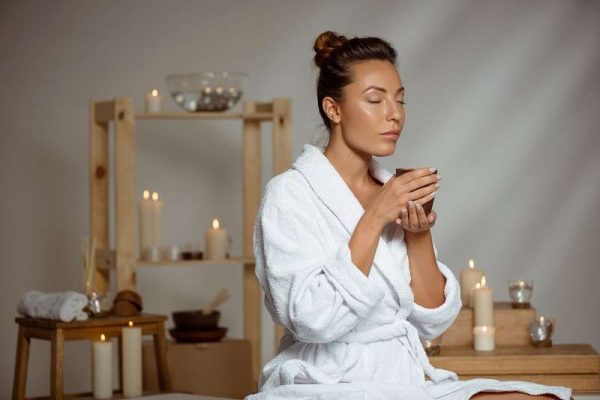
What Tools or Equipment Do I Need for Self-Massage?
You don’t need much to get started with self-massage, but a few simple tools can make a big difference.
- Foam Roller:
Great for large muscle groups like your back, thighs, and calves. Helps release deep tension and improve flexibility. - Massage Ball:
Perfect for targeting knots in hard-to-reach areas like shoulders, glutes, and feet. You can use a tennis ball or a purpose-made massage ball. - Massage Stick:
Allows you to roll out tension in your legs, arms, and back with more control and less effort. - Massage Gun:
A powerful tool for deep muscle relief. Best for large muscles like shoulders, back, and legs—just use low settings on sensitive areas. - Massage Oil or Lotion:
Reduces friction and makes hand massage smoother and more comfortable. Look for unscented or natural oils like almond or jojoba. - Towel:
Use a towel to roll under your neck or lower back for support. You can also heat it slightly for added relaxation.
How often should I do self-massage?
It depends on your needs:
- If you are looking for a relaxing treat, once or twice a week should be enough.
- If you are looking to improve a specific issue, such as muscle tension or a stiff neck, 3-4 times a week is recommended.
- For athletes or people with chronic pain, daily massages are recommended.
Take your time:
- You should always take your time and start slow.
- It’s best to start with a few minutes a day, and increase the duration and frequency as needed.
- Your body will adapt to the massage, so it’s important to be patient and consistent.
Listen to your body:
- Your body may need more or less massage than recommended.
- Listen to its signals and adjust your schedule accordingly.
- If you feel any pain or discomfort, stop the massage and consult your doctor.
Conclusion
Self-massage is an easy and effective way to reduce stress and tension, improve circulation, and restore balance. Whether you’re dealing with muscle pain, headaches, or just feeling stressed out, this simple technique can help you relax and bring a sense of ease and comfort to your body and mind. Give it a try and enjoy the soothing benefits of self-massage!
References
- Healthline. “Massage Therapy: Benefits, Techniques, and Types.”
- Field, Tiffany, et al. “Massage Therapy Effects on Depression in Pregnant Women.”

